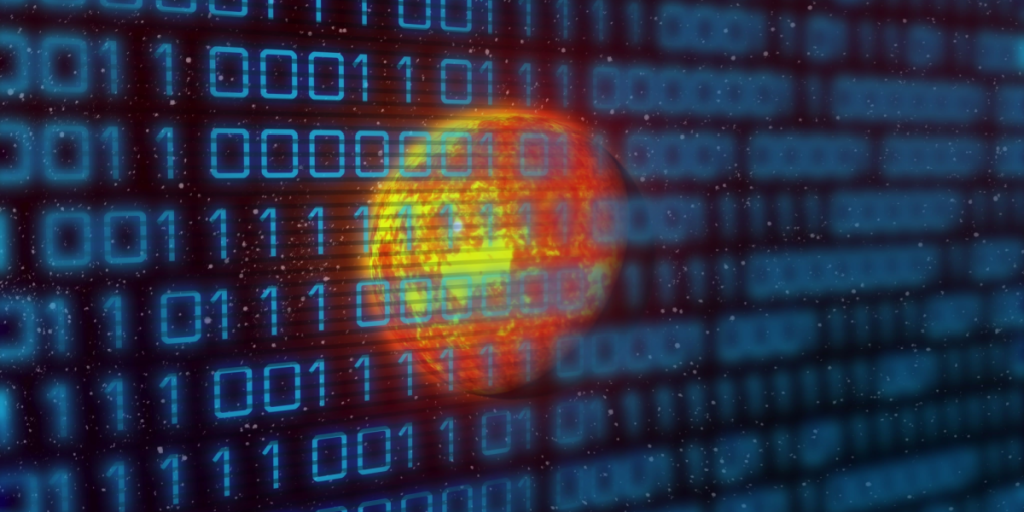Do you believe The Matrix was onto something?
Others are reading now
For decades, philosophers and physicists alike have speculated that our entire existence might be nothing more than an advanced simulation.
But new research from the University of British Columbia Okanagan claims to have mathematically disproven the idea altogether.
Beyond the Matrix
Dr. Mir Faizal, an Adjunct Professor at UBC Okanagan’s Irving K. Barber Faculty of Science, worked with international collaborators Dr. Lawrence M. Krauss, Dr. Arshid Shabir, and Dr. Francesco Marino to test the “simulation hypothesis.”
Their findings, published in the Journal of Holography Applications in Physics, conclude that the structure of reality itself cannot be reproduced by any computational process.
The researchers say their work doesn’t just challenge the idea of a “Matrix-style” universe—it proves that reality operates at a level no algorithm could capture.
Also read
“It has been suggested that the universe could be simulated,” said Dr. Faizal in a statement. “If such a simulation were possible, it could, in theory, spawn other simulations. But our research shows this idea can be scientifically examined—and disproven.”
Deeper than space and time
Physics has long evolved beyond the mechanical view of the universe. From Newton’s laws to Einstein’s relativity and quantum mechanics, each step has revealed a deeper layer of how reality functions.
The latest frontier—quantum gravity—suggests that space and time themselves are not fundamental, but arise from a more basic substrate: information.
This “information” is thought to exist in what physicists call a Platonic realm, an abstract foundation underlying all physical phenomena.
It is from this domain, researchers say, that even space and time emerge.
Also read
Yet, according to Faizal’s team, this information-based level cannot be expressed entirely through computation.
Drawing on Gödel’s incompleteness theorem, they argue that reality includes truths that cannot be derived from any algorithmic system.
Beyond computation
In simple terms, computers operate by following rules. But Gödel’s theorem reveals that some truths exist outside any rule-based system.
These are known as “Gödelian truths”—true statements that cannot be proven within the logical structure they belong to.
“We have demonstrated that it is impossible to describe all aspects of physical reality using a computational theory of quantum gravity,” said Dr. Faizal
Also read
He added: “No complete and consistent theory of everything can come purely from computation. Reality depends on what we call non-algorithmic understanding.”
That kind of understanding, he said, lies beyond logic or step-by-step reasoning—and therefore beyond the reach of any simulation.
A universe beyond code
If the laws governing the Platonic realm resemble a kind of computation, could that realm itself be simulated? The team says no.
Using theorems of incompleteness and indefinability, they conclude that reality cannot be fully represented through algorithms.
“It requires non-algorithmic understanding, which by definition is beyond algorithmic computation and therefore cannot be simulated,” explained Dr. Faizal. “Hence, this universe cannot be a simulation.”
Also read
Dr. Krauss added that the implications reach to the core of physics. “The fundamental laws of physics generate space and time, rather than existing within them. A fully computational theory of everything is therefore impossible. A deeper, non-algorithmic understanding is required.”
End of a long debate
For years, the simulation hypothesis was considered untestable, more a philosophical speculation than a scientific question.
Faizal and his colleagues say their mathematical work changes that, grounding the debate firmly in physics.
“Any simulation must be algorithmic—it follows programmed rules,” said Dr. Faizal. “But because the universe itself is built on non-algorithmic foundations, it cannot—and never could—be simulated.”
Their conclusion brings one of modern science’s strangest questions to a close: if the universe is a code, it’s one no computer can ever write.
Also read
This article is made and published by Jens Asbjørn Bogen, who may have used AI in the preparation


